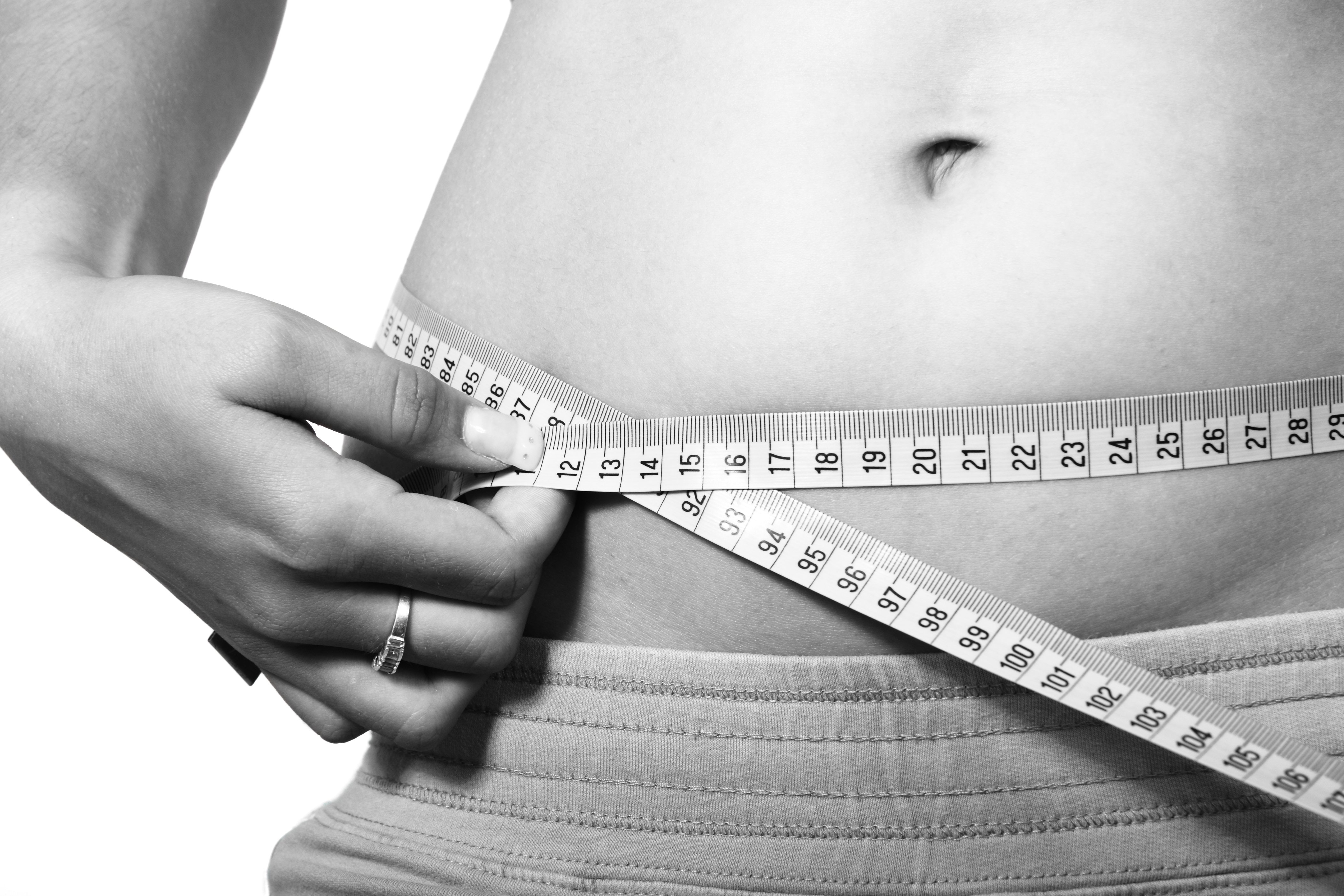Transparency is extremely important to us, so we are letting you know that we may receive a commission on some of links you click on from this page. See our disclaimer.
As well-run workplace wellness programs help members and businesses focus on obesity — a key factor in many chronic diseases — attention may want to turn to a specific area: “Belly fat.”
The New York Times recently posted a piece titled “The Dangers of Belly Fat.” It notes: “If your waist measures 35 or more inches for women or 40 or more inches for men, chances are you’re harboring a potentially dangerous amount of abdominal fat.”
We have reported that individuals may want to be wary of the idea of “healthy obesity.”
The information comes from a study published in The Lancet titled “Transition from metabolic healthy to unhealthy phenotypes and association with cardiovascular disease risk across BMI categories in 90 257 women (the Nurses’ Health Study): 30 year follow-up from a prospective cohort study.”
The background: “Cardiovascular disease risk among individuals across different categories of BMI might depend on their metabolic health. It remains unclear to what extent metabolic health status changes over time and whether this affects cardiovascular disease risk. In this study, we aimed to examine the association between metabolic health and its change over time and cardiovascular disease risk across BMI categories.”
The study reports its important conclusions: “Even when metabolic health is maintained during long periods of time, obesity remains a risk factor for cardiovascular disease. However, risks are highest for metabolically unhealthy women across all BMI categories. A large proportion of metabolically healthy women converted to an unhealthy phenotype over time across all BMI categories, which is associated with an increased cardiovascular disease risk.”
According to the New York Times: “If you do nothing else today to protect your health, consider taking an honest measurement of your waist. Stand up straight, exhale (no sucking in that gut!) and with a soft tape measure record your girth an inch or two above your hip bones.”
The important piece continues: “Subcutaneous fat that lurks beneath the skin as “love handles” or padding on the thighs, buttocks or upper arms may be cosmetically challenging, but it is otherwise harmless. However, the deeper belly fat — the visceral fat that accumulates around abdominal organs — is metabolically active and has been strongly linked to a host of serious disease risks, including heart disease, cancer and dementia.”
“You don’t even have to be overweight or obese to face these hazards if you harbor excess fat inside your abdomen. Even people of normal weight can accumulate harmful amounts of hidden fat beneath the abdominal wall. Furthermore, this is not fat you can shed simply by toning up abdominal muscles with exercises like situps. Weight loss through a wholesome diet and exercise — activities like walking and strength-training — is the only surefire way to get rid of it.”

0 Comments